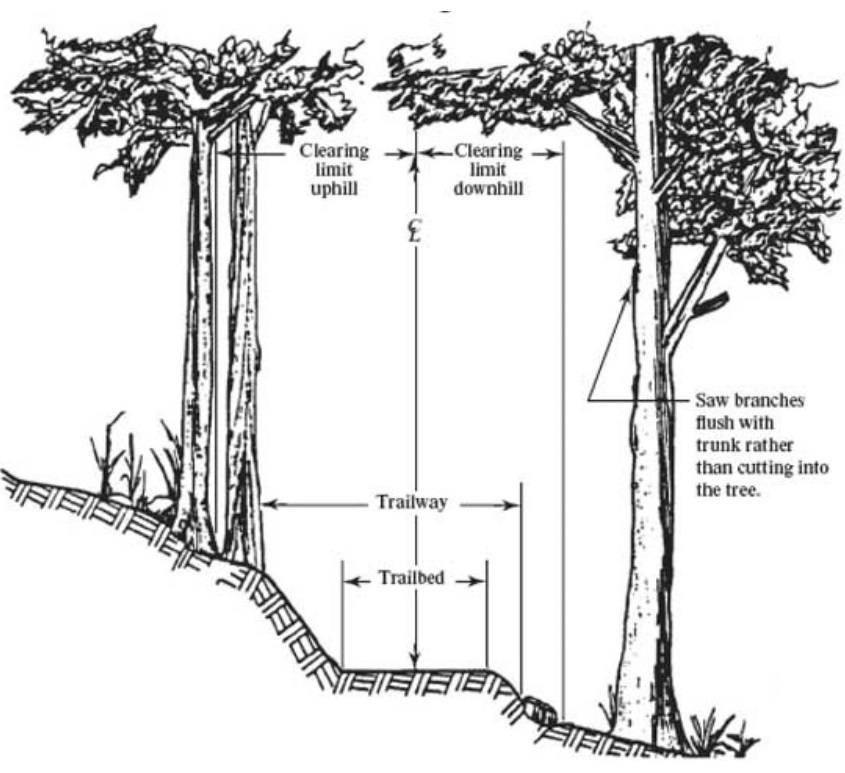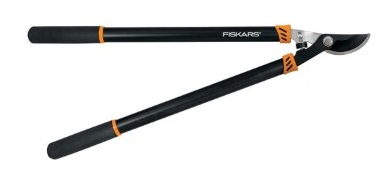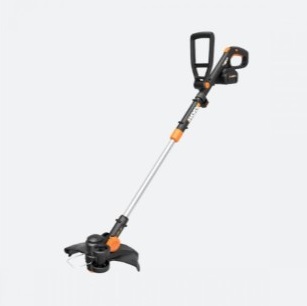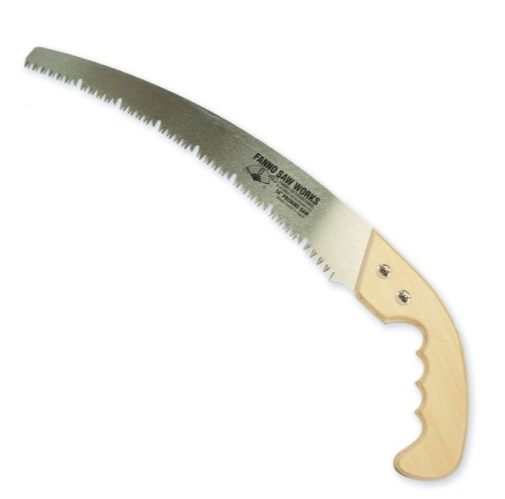by Alivia Acosta, ATC National Service Coordinator
Trail Tools: Brushing
Welcome to the first series of Trail Tools! This month we will be covering a few of the tools you may need when “brushing” the Trail.
Brushing is a term used to describe the act of clearing a trail’s corridor from overgrown vegetation to a specific dimension. The Appalachian Trail Conservancy Fieldwork Handbook recommends a corridor that is cleared eight-feet in height and four-feet in width. The image below depicts corridor clearing and is from the MTDC: Trail Construction and Maintenance Notebook. As noted by the diagram it is a best practice for safety and visual aesthetics to cut branches flush to the branch bark collar.

When out brushing a Trail and clearing it of blowdowns the following tools may be helpful:
- loppers
- swizzle stick
- motorized weed whack/brush cutter
- hand saw
- chainsaw

Loppers
Loppers are great for getting the smaller things that are not as easy or sturdy enough to cut with a chain/hand/crosscut-saw. If you want to make sure you are using the right cutting/brushing tool for the job, be sure to follow the rule of thumb with loppers. That is, do not cut anything thicker than the width of your thumb with loppers or else you might damage the tool – or worse – harm yourself in the process.
Recommended PPE: hard hat, work gloves, safety glasses, long pants, sturdy boots.


Swizzle Stick
Swizzle sticks, also known as sling blades, are great for clearing grassy vegetation. A swizzle stick is a blade at the end of a stick that functions similar to a weed-wacker. The wielder of the swizzle stick swings the blade parallel to the ground in a back and forth motion to cut grassy vegetation that might be growing too tall. These tools are great for sections that are challenging to access with a larger and heavier motorized weed-wacker, they are also needed for use in federally-designated Wilderness where motorized equipment would not be allowed.
Recommended PPE: hard hat, work gloves, safety glasses, long pants, sturdy boots.

Motorized Weed Wacker/Brush Cutters
Similar to the swizzle stick but without all the effort. Weed-wackers and brush cutters are typically gas powered tools that are used to cut back grassy vegetation. Oftentimes the operator of these machines can wear a harness around their torso that attaches them to the tool and subsequently supports the weight of the tool. For operator safety and ease of use, the cutting device is typically located a distance away from the operator closer to the ground.
PPE: hard hat, work gloves, safety glasses, long pants, sturdy boots, hearing protection. Face shield is optional. Long sleeves will protect arms. Dust mask optional.


Handsaws
Handsaws come in a variety of sizes: teeth/cutting patterns, storage mechanisms, and capabilities. When choosing a hand saw it is important to consider the need(s) that it must satisfy and for trail maintainers – as with any tool – it might also be important to consider how you plan on transporting the tool down the Trail. For instance, maybe you would like a small folding handsaw that fits perfectly in your pocket for cutting small treelimbs.
PPE: hard hat, work gloves, safety glasses, long pants, sturdy boots.
Chainsaw
All A.T. sawyers must be currently certified for chainsaw use or cross-cut saw operations, including necessary CPR and First-Aid certifications.
Chainsaws are useful for clearing the large blowdowns that may be lying across the Trail. Cross-cut saws are necessary to use when in federally designated Wilderness areas, though some sawyers prefer them.
PPE: Chaps, hearing protection, safety glasses, long sleeves, long pants, cut resistant or leather laced boots (8” high) with nonskid soles, work gloves, hard hat. Additional PPE may be required please visit the Chainsaw Job Hazard Analysis (JHA) and/or the Cross-Cut JHA.
Review other Job Hazard Analyses (JHA)’s related to the tools mentioned above.
